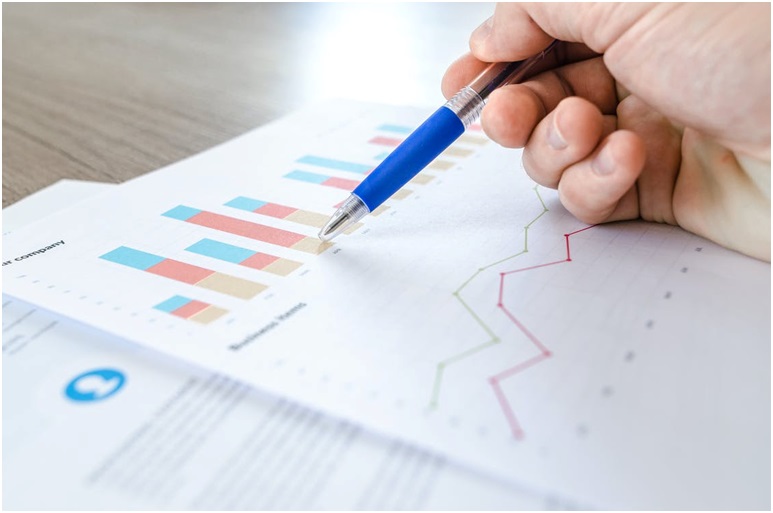Digital Signal Processing – DSP: what is top know about it?

Digital signal processing in general is already part of our daily lives. It is present in cell phones, cameras, televisions, automobiles, computers, medical equipment, automation, control, communication systems, etc. Few people are aware of the exact size of the science involved and the complex technology behind it all.

Analog vs. Digital
All natural systems are essentially analog. The development of electronics followed the same path: analog in essence. Thus, signal conditioning, filtering and even mathematical operations were implemented in an analogous way. Like everything that is natural, electronic components are also subject to variations in environmental conditions, such as temperature, humidity, aging, pressure, chemical attacks, corrosion, etc. It was necessary to use complex compensation procedures to correct errors arising from these variations. The most obvious advantage of the quad channel ADC signal is that the signal no longer suffers the variations to which the analog signals are subjected. You can reduce the analog interfaces to a minimum, enough to accurately transform the analog signal to digital and let the microprocessor take care of processing that signal.
Continuous x Discrete
Analog signals are by nature continuous over time. They are theoretically constituted by a sequence of infinite points. When we digitize these signals, they go through a process known as sampling and are transformed into a finite sequence of discrete points. This transformation is carried out by components known as Analog/Digital converters or simply A/D converters. The transformation of digital signals into analog is carried out by electronic components known as Digital/Analog converters. On the other hand, transforming a continuous signal into a discrete signal has the advantages of being able to adapt the size of the signal to be processed to the limited memory capacity of the processors.
After all, what is Digital Signal Processing?
It may seem to the layman that digital signal processing is only possible with the help of DSPs, integrated silicon processors specially developed for this function. This is an understandable mistake. DSPs are processors with a hardware architecture differentiated, developed to carry out operations typical of the implementation of digital signal processing procedures. Many manufacturers have adopted an architecture known as Harvard Architecture, where there are separate data and address paths for data and instruction memories, a concept far more modern than Von Neumann’s traditional architecture. In Harvard Architecture, it is possible to address and access more than one memory location in the same instruction simultaneously, in a single machine cycle. Despite having a different architecture, DSPs can be used as microcontrollers.
Conclusion
The digital signal processing itself is a technology, a science, a number of abstract concepts which results in application of computational algorithms for performing specific operations on digital data. Some examples of digital signal processing – Digital signal filtering, Speech recognition and synthesis, Treatment and recognition of patterns in images, Digital radio and TV, etc. The digital signal processing algorithms can be executed in DSPs, specially developed to optimize the performance of these algorithms and allow operations in real time. However, if the proportions are maintained, digital signal processing can be performed on common microprocessors.









